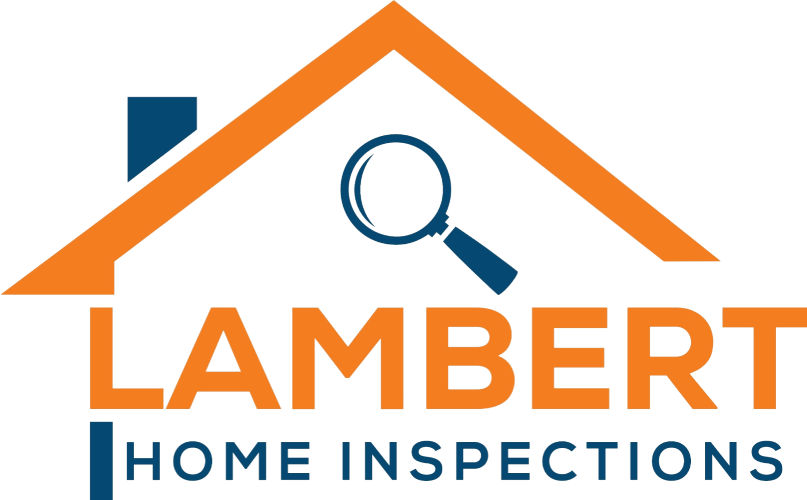Radon is colorless, odorless, and extremely carcinogenic (cancer-causing). It can affect homes anywhere in the US, and the only way to check for elevated levels of radon in your home is with testing.
No matter where you are in America, your home may be exposed to dangerous radon gas. However, Northern Virginia in particular has elevated levels of radon in homes.

Source: epa.gov
Outdoors, radon will naturally dissipate harmlessly into the atmosphere as it rises through the crust. But in homes, it can become trapped, which is dangerous for the health of you and your family. Radon is colorless and odorless, and it is extremely carcinogenic. According to the EPA, radon is one of the leading contributors to the development of lung cancer, behind only smoking. For this reason, regular radon testing is key whether you’re a homeowner, or you’re interested in purchasing a home. Learn more below.
What Is A Radon Test, And How Does It Work?
Radon testing is the only way to determine if your home has higher-than-average levels of radon, which can pose a health risk to your family.
There are two primary types of radon testing. You can choose to use a short-term test kit, which is usually placed and left for a period of up to 90 days, or a long-term kit, which is designed to measure seasonal fluctuations in radon levels. Long-term kits are left in place for 90+ days.
Most radon test kits consist of a charcoal canister or a similar material, which can pick up and trap small amounts of radon. Using lab tests, the amount of radon in a test kit can be determined, and the overall radon levels in your home can be measured.
While at-home test kits are available and are effective, hiring a professional such as a home inspector will often provide you with better results, as home inspectors can use higher-quality test kits, and place them in areas of your home where elevated radon levels are the most likely to be found.
Why Are Radon Tests Important? Understanding The Benefits
The biggest benefit of radon testing is peace of mind. Radon has no smell, taste, or color, and beyond contributing to the development of lung cancer, radon exposure has no symptoms that can be identified by a doctor. That means a radon test is the only way to make sure your home has a safe level of radon.
Radon tests can also save you money if you’re trying to sell your home, because you can provide information about radon levels to potential buyers, and ensure you meet local codes related to radon compliance. The EPA also recommends that you test for radon when buying a home. That way, if high levels of radon are detected, you can request that the home seller install mitigation features, or you can back out of the purchase by utilizing your home inspection contingency.
Test Your Home And Keep Your Family Safe
Radon testing is the only way to be sure that your home is safe from the dangerous effects of radon. So don’t wait. Schedule an inspection today, and make sure your home is free of this potentially-deadly, radioactive gas.
Lambert Home Inspections offers Radon testing in addition to our home inspection services. Contact us for details.
What is Radon?
What to do During a Radon Test
Facts to know about Radon:
- The U.S. Environmental Protection Agency (US EPA) and the Surgeon General’s Office have estimated that as many as 20,000 lung cancer deaths are caused each year by radon.
- Radon is the second leading cause of lung cancer.
- Radon-induced lung cancer costs the United States over $2 billion dollars per year in both direct and indirect health care costs. (Based on National Cancer Institute statistics of 14,400 annual radon lung cancer deaths – Oster, Colditz & Kelley, 1984)
- According to the US EPA, nearly 1 in 3 homes checked in seven states and on three Indian lands had screening levels over 4 pCi/L, the EPA’s recommended action level for radon exposure.


